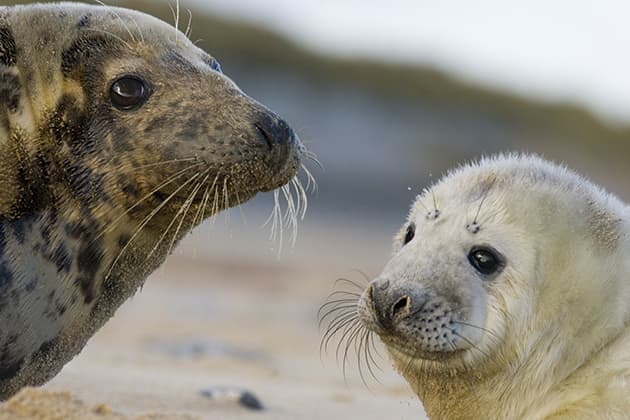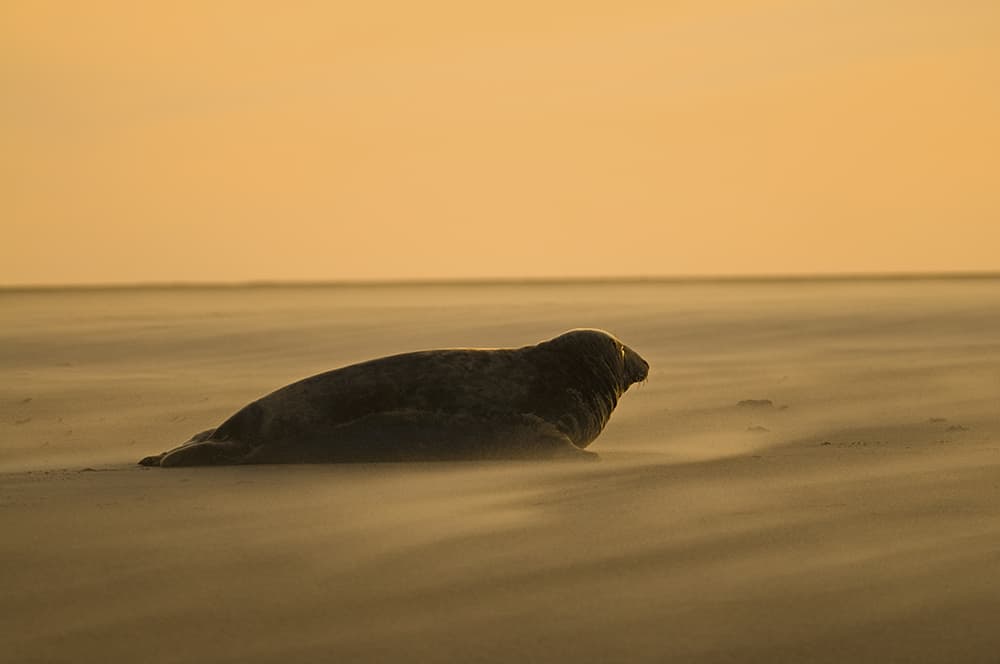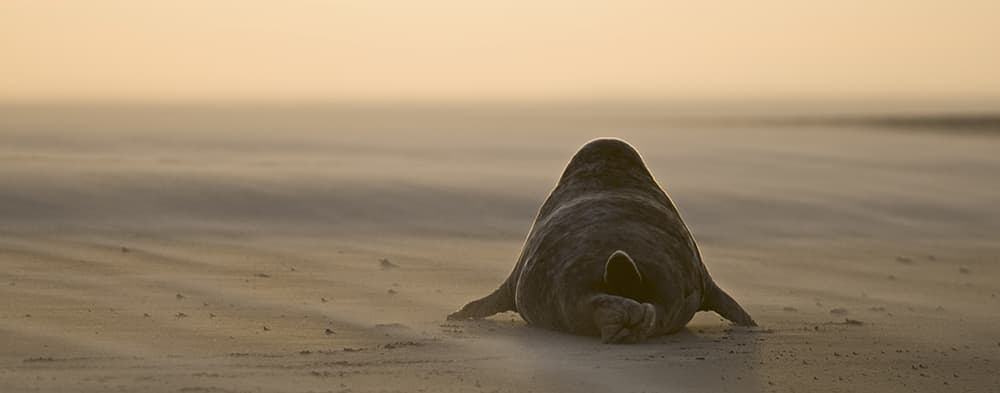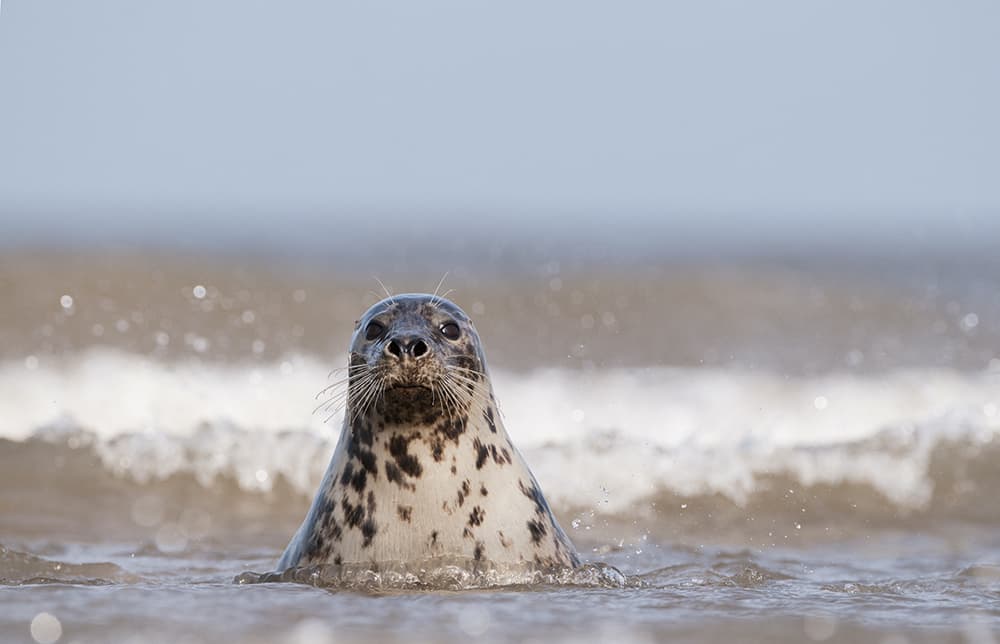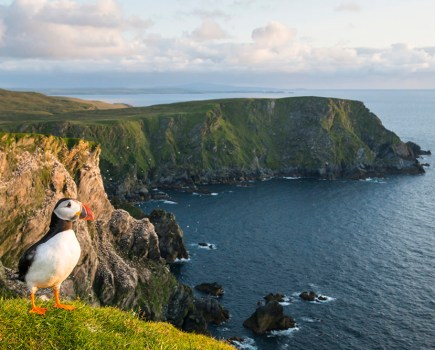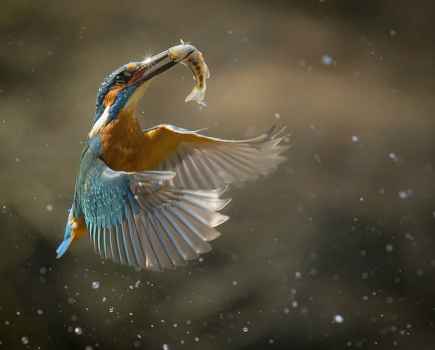Out of the water they resemble beached torpedoes; below the water’s surface, seals are the sleek ballerinas of the seas. In Britain, our two breeding species – the harbour or common seal and the grey seal – are popular subjects with photographers.
In summer, harbour seals come to shore to pup, usually from June. The adults then remain on the beach to moult, with good numbers remaining ashore, often until mid-September.
Grey seals pup a little later, in autumn. In Cornwall, seal births start in August, and as you move clockwise around the coast of the British Isles, pupping periods become progressively later. In Lincolnshire and Norfolk, where big grey seal colonies live, pupping happens from November through to mid-December.
Grey seal pups are engaging subjects with their big doleful eyes and white coats. The white ‘baby’ phase lasts just a few days until the seals start to moult and the mottled-grey adult coat begins to show. This starts around the face until by around their third or fourth week, the pups are starting to resemble adults in colour.
Mating game
The most dramatic photographic opportunities often come at the start of the mating season. Initially, the big bulls protect their females and cubs within a harem. This harem is important to the male as once the pups are weaned, females are then ready to mate. Mating can start in October in some parts of the country, continuing into late January at some east-coast colonies. I like to try to find animals that are mating in the breaking surf as there is often a lot of aggression involved, which can lead to some dynamic pictures. Fights among bulls can be violent, with spectacular photography on offer as waves crash over the animals, though there are plenty of intimate moments to capture as well.
When photographing seals, I try to shoot as low as possible, because a more intimate feel to the subject can be created when on their level. This can be achieved using a beanbag, or a tripod that allows its legs to be splayed outwards. You can, of course, be inventive and find something washed up along the shore to rest your camera on. When shooting low to the ground, there are two things to watch out for that can ruin a shot: wonky horizons are a curse, while you should also check your backgrounds for unsightly out-of-focus seals that might be rendered as dark blobs.
I tend to wear chest waders or an overall. The waders stop your knees and thighs from becoming soaked, which, on a cold day on the east coast, ensures you are likely to stay out shooting longer before running for home to warm up.
Right conditions
On a dull day, the North Sea can look grey and quite uninviting, so if you’re shooting animals in the surf or when they’re poking their heads above the waves, then I often find that a blue sky is best. That said, duller days are more suited to capturing those cute white pups, which are born below the high-water mark on intertidal rocks and sandbanks.
Visiting colonies on sandy beaches in really wild weather can offer dramatic photographic opportunities as well. Although your gear might take a hammering if unprotected, there are opportunities to create images of seals lying in a blizzard of blowing sand. When coupled with low autumn sun, this can achieve an especially dramatic effect.
Harbour seals offer more of a challenge for photography in Britain and are often more timid, so a more careful approach may be required. They can be found on rocks or sandbars at many coastal localities. Outside the breeding season, both species can be encountered on boat trips that run to seal colonies. Boats can often get in very close to resting seals, while animals in the water are usually quite curious and readily approach boats. In such situations, a telephoto zoom is often the best option.
Location guide
There are many great locations for photographing seals in the UK, but I’ve selected these three sites for their ease of access.
Do respect requests to stay out of pupping areas or off beaches. Seals on a beach can easily be unsettled by photographers approaching too closely. If a seal starts to look up anxiously and move, then you are too close. By standing back and using a longer lens, you’ll find that natural behaviour can be captured, including fights among bulls and tender moments between mother and pup. In short, move low and slow. The seals are not going to rush off anywhere, so taking time to get into an optimum position will pay dividends.
Donna Nook, Lincolnshire
This east-coast site is renowned for its large grey seal colony and is probably the best location in Britain for shooting this species. But, be warned, it is very popular both with photographers and the public, as a wardened pupping area in the dunes allows very close views of adults and young. Access to the sandbanks is discouraged during the breeding season, but by late December and by walking out to the sea, great opportunities can be enjoyed photographing adults fighting and mating in the surf.
Donna Nook is best visited in the week to avoid the crowds during the pupping season. If walking out to the sea in late winter, then access is allowed only at weekends, as these sand flats are used as a bombing range during the week. A well-known photographer once needed a change of underwear after ignoring the red flags and causing a bombing run to be aborted! Visit www.lincstrust.org.uk/donna-nook for more details.
Blakeney Point, Norfolk
Another large colony that’s wardened during the pupping season. Common seals can be seen here in summer and by mid-autumn the beach becomes crowded with grey seals. The rookery is roped off and by far the best way to photograph the colony is by boat. Seal trips run daily on high tides. Visit www.bishopsboats.com or www.sealtrips.co.uk and www.nationaltrust.org.uk/blakeney for further details.
Farne Islands, Northumberland
Grey seals can be enjoyed from boat trips during summer. However, the trips are of short duration, as they are part of a longer tour visiting seabird colonies, and run in the middle of the day when light is at its harshest. The Farne Islands do, though, offer the best site in Britain to dive with grey seals, offering some outstanding underwater photography opportunities. Boats depart from Seahouses. Visit www.farne-islands.com for details.
Top tips
Shoot low
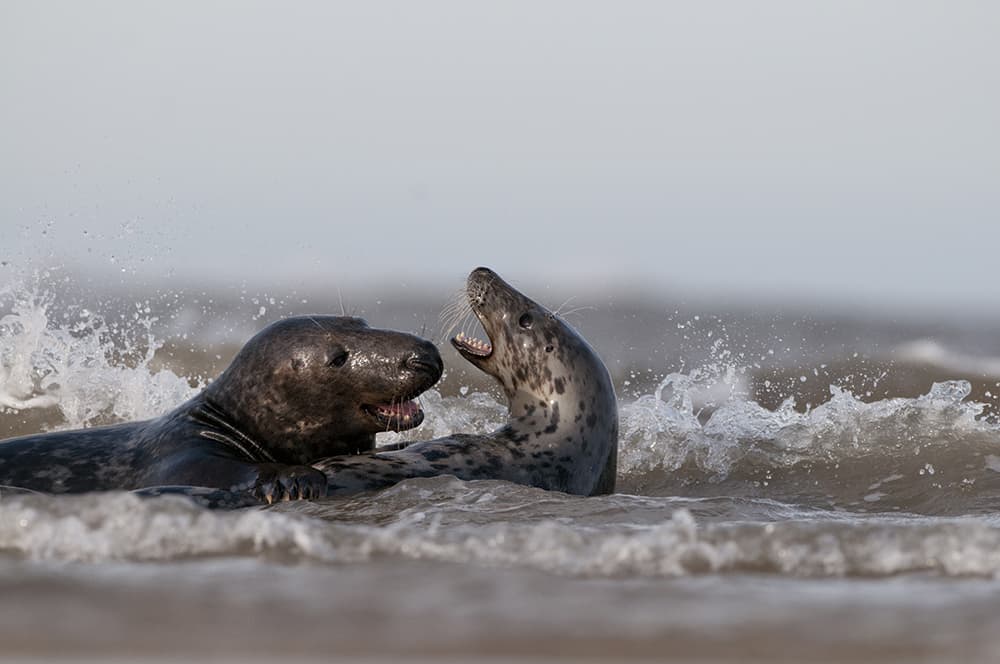
Shooting low is my top tip for giving your images impact. Shooting from above, looking down, will create a more detached feel to the seals. Just don’t lie close to breaking waves, as you may get wet and your gear too!
Depth of field
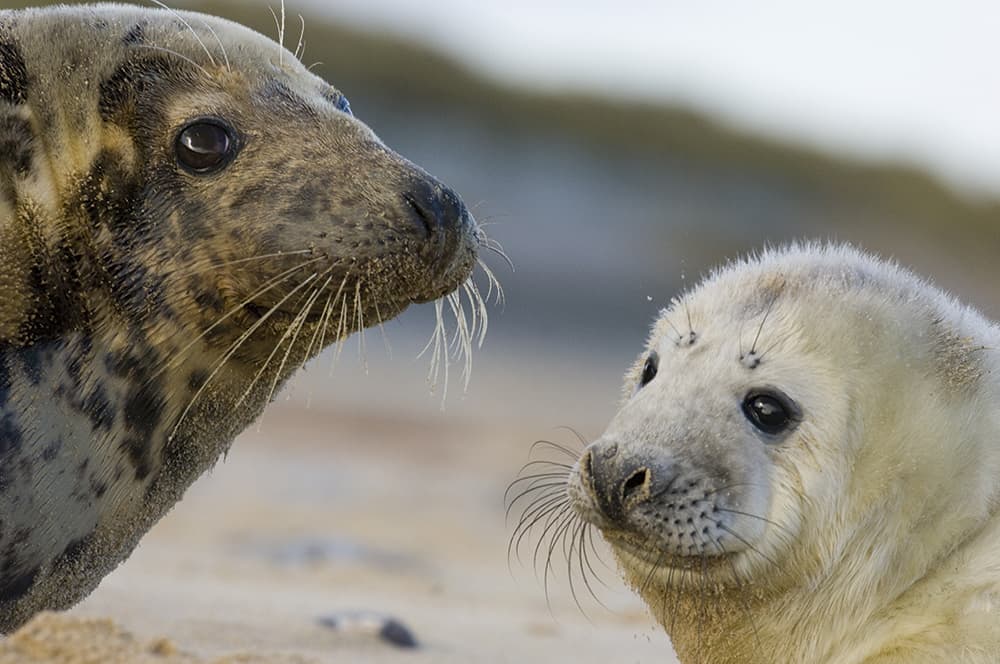
Play around with depth of field but check the eyes are in focus. Focusing on the tip of the nose will result in eyes that are not sharp. If shooting mother and pup, enough depth of field is essential to get features in focus.
Black & white
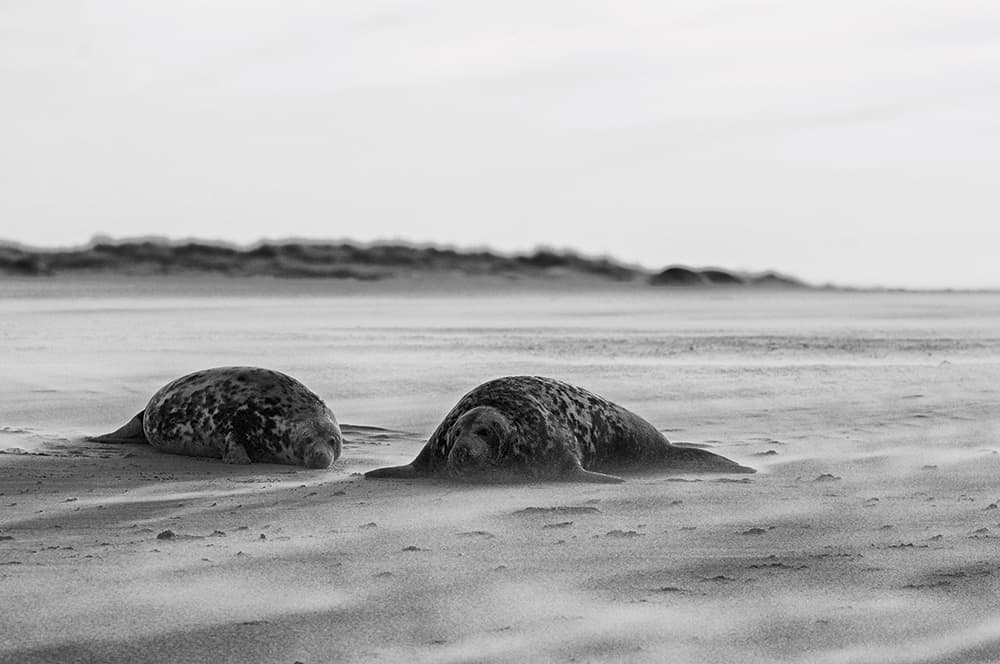
Seals on a beach or in the sea are not very colourful, so a picture may have more impact if converted to mono – especially if shooting into the light, where you have nice textures on wet sand or highlighted whiskers.
Bad weather
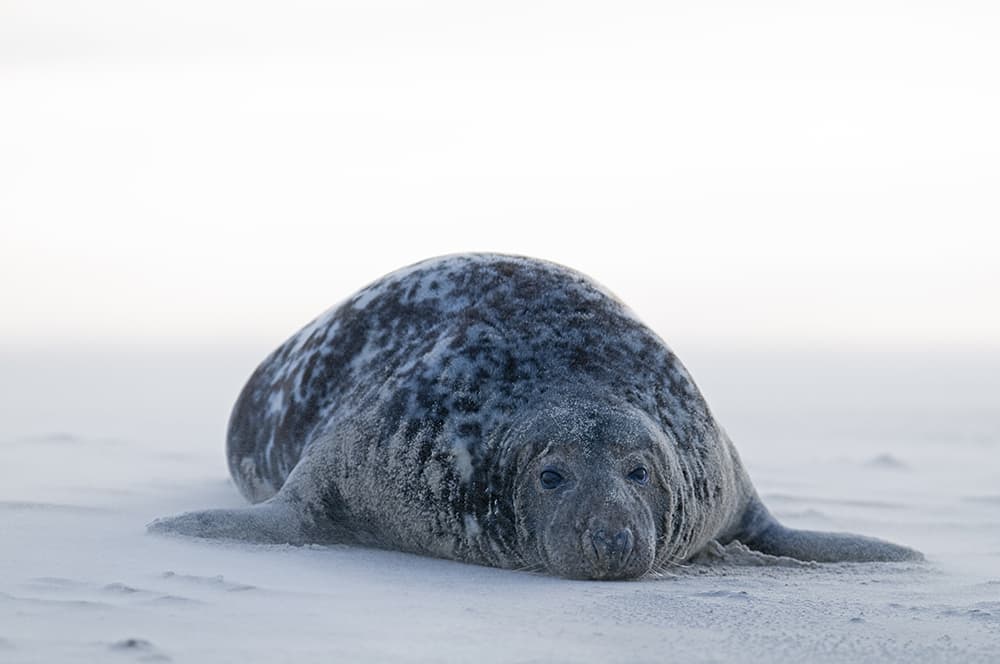
If the forecast looks bad, grab the opportunity. Seals in the surf in heavy seas or on a wind-blown beach can make far more dramatic pictures than shots taken on a perfect, still autumnal day, so embrace wild weather.
A wider view
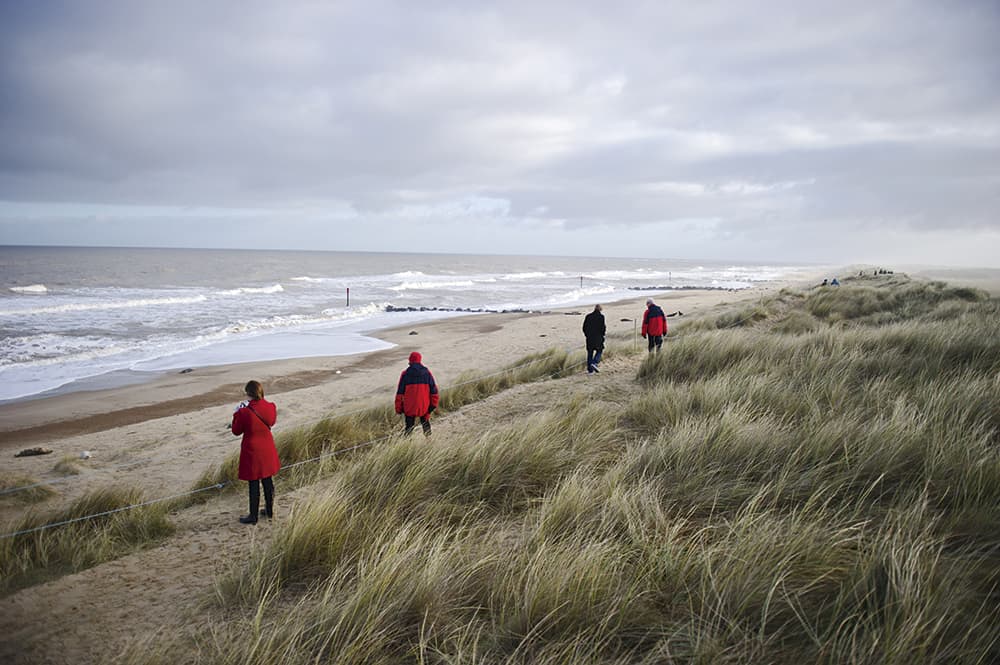
Pack a wideangle lens for shooting the bigger picture. Whether a seal sprawled under a big sky or people viewing seals at a wardened colony, there are plenty of opportunities for using shorter lenses to help tell a story.
Kit list
Angled viewfinder
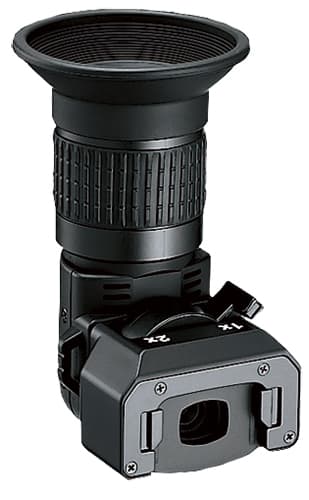 If you haven’t got a flip-out screen, you can attach an angled viewfinder to many camera bodies. These really help when shooting low to the ground – they save strain on your neck and help to avoid wonky horizons.
If you haven’t got a flip-out screen, you can attach an angled viewfinder to many camera bodies. These really help when shooting low to the ground – they save strain on your neck and help to avoid wonky horizons.
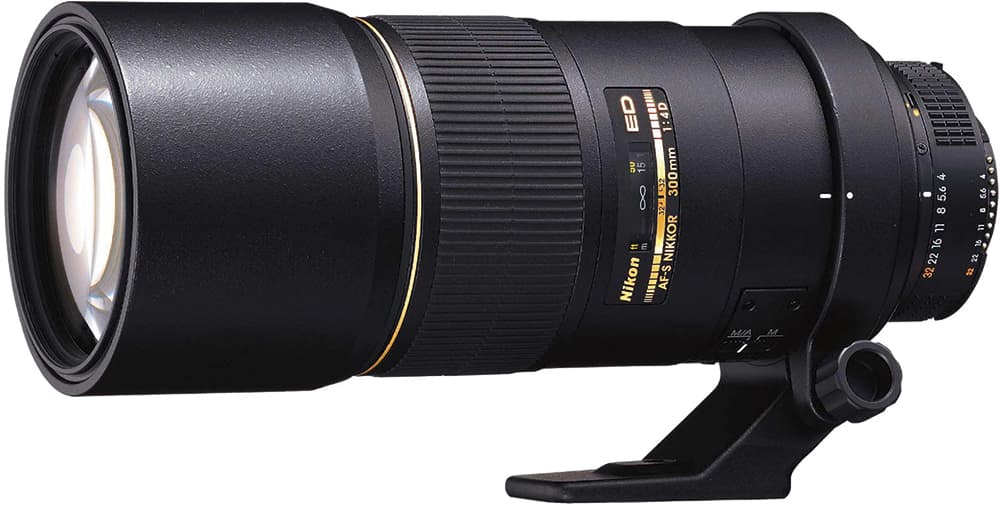
Telephoto lens
If photographing breeding seals, use a telephoto lens upwards of 300mm for intimate shots without risk of disturbance. It’ll also help isolate the seal, avoiding cluttered backgrounds.
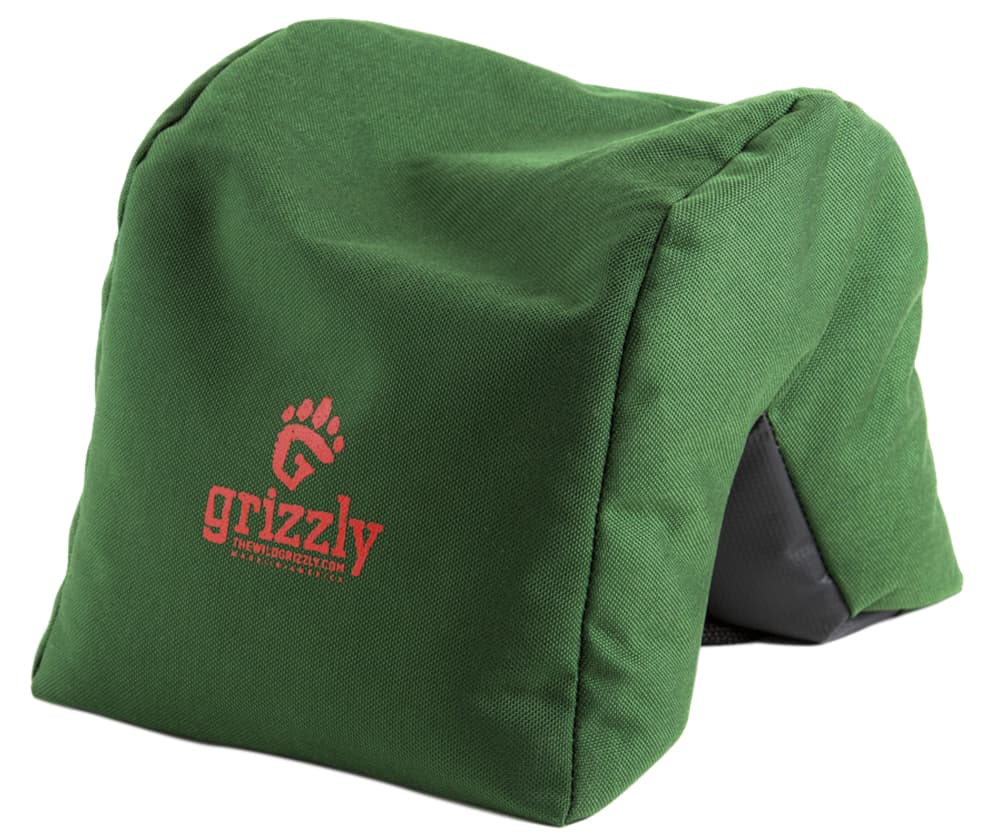 Beanbag or tripod
Beanbag or tripod
When shooting low shots, to avoid getting your camera and lens covered in sand, mount it on a tripod that has splayed legs, or use a beanbag for a flexible and quick-to-use support.
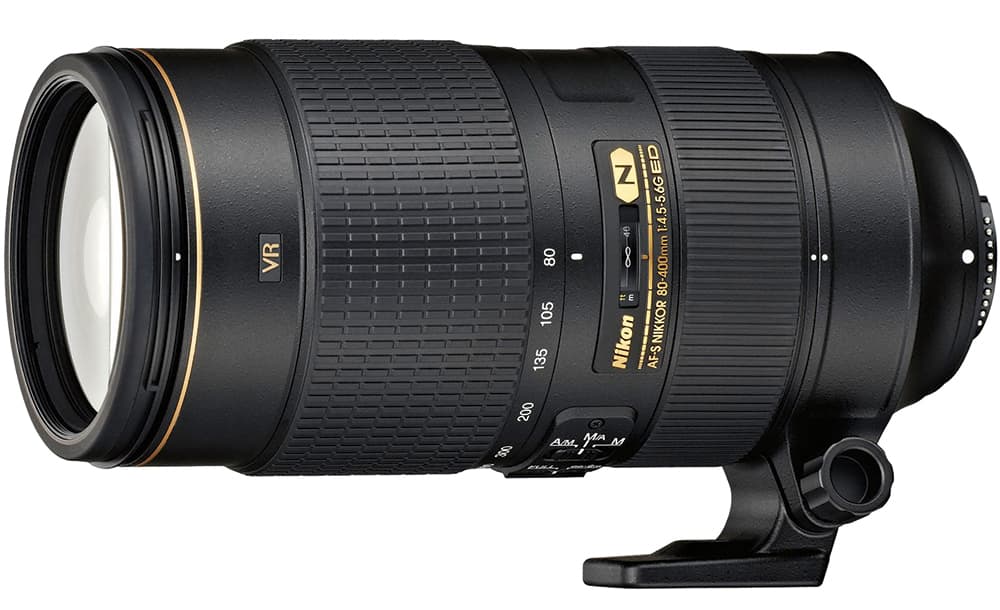
Telephoto zoom lens
A long telephoto zoom lens in the region of 80-400mm is ideal for seal photography. This is especially true when viewing them from a boat where there is little control as to how close or far from your subject you will be.

